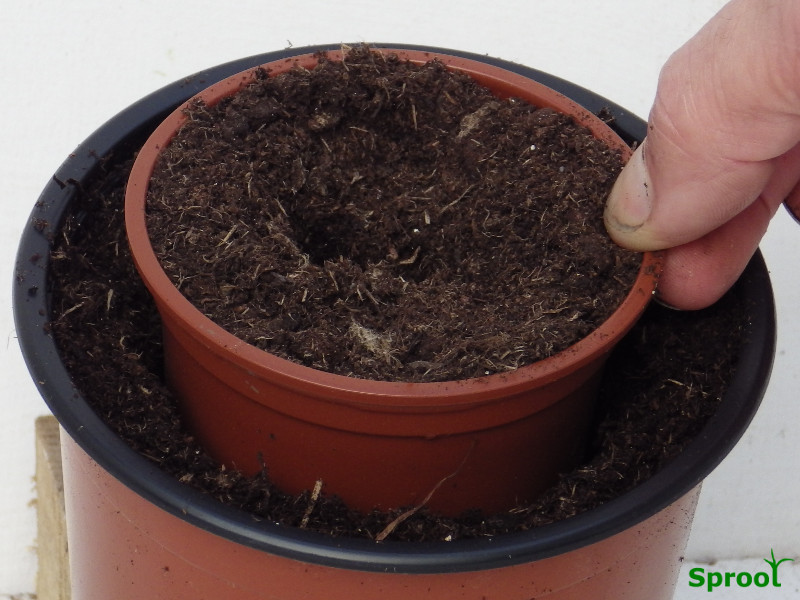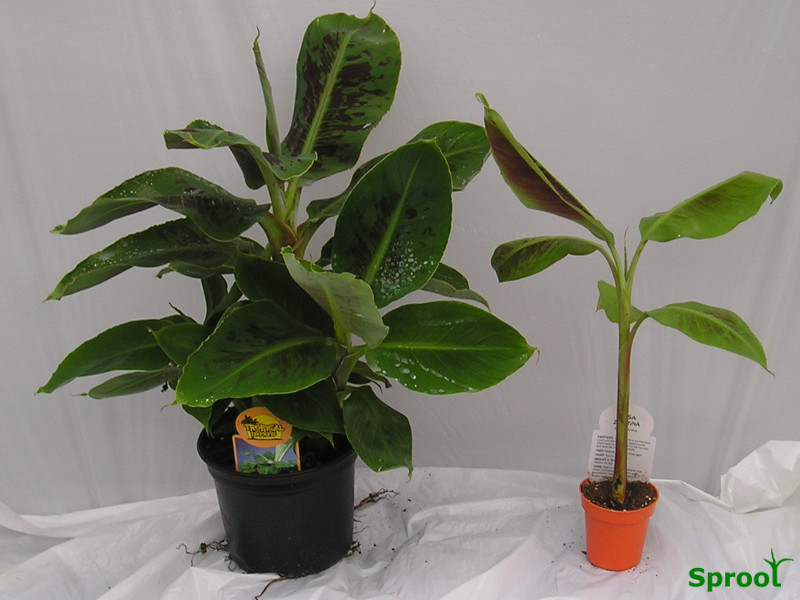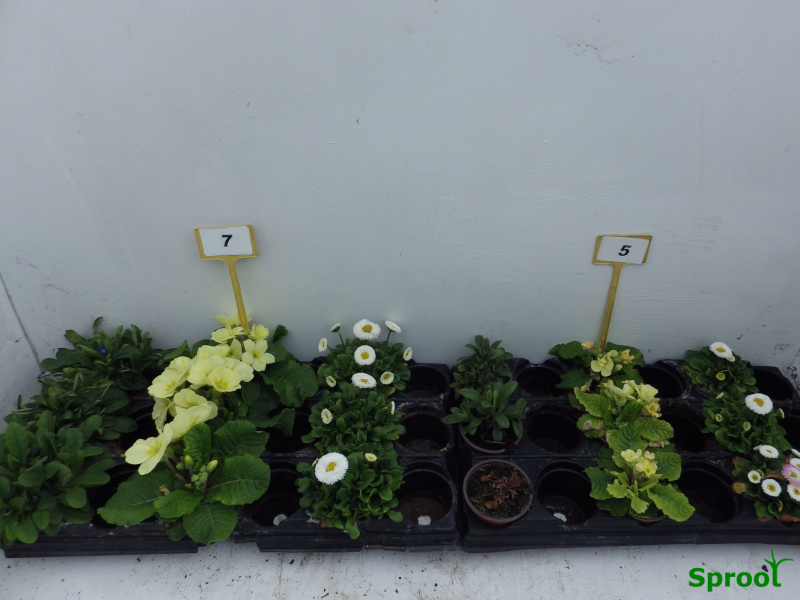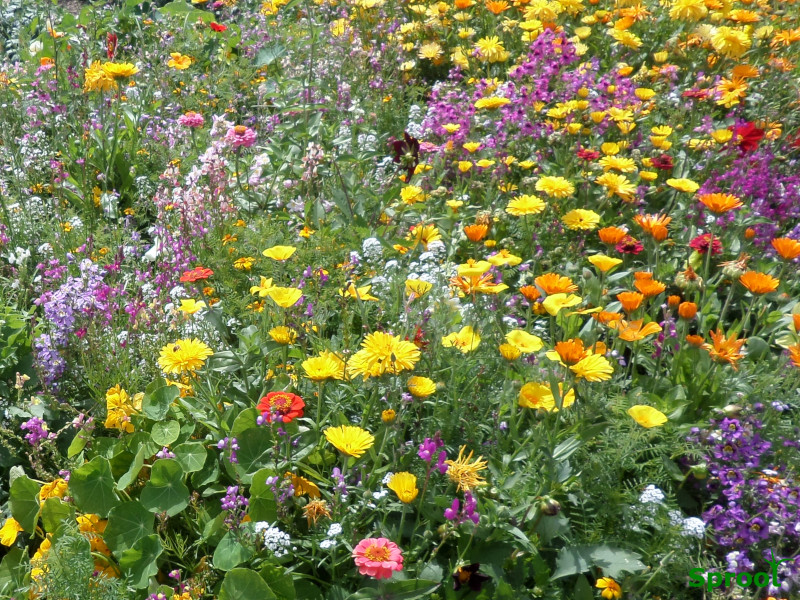Potting plants for growth
This page is about moving plants from a small pot to a large pot or baby plants into their first pot.
If your pot is too large to move or you only want to revitalise your plant please see our Potting for health page.
There are some things we need before we start potting.
First thing get some information on your plant.
Before you pot you should have checked out what your plant prefers, plenty of compost or root bound. This will affect the size of pot you choose.
Second get the timing right.
You need to think is this the best time to pot, will the weather be warm enough, is the plant go to start growing.
Third choose a pot.
House plants and Summer plants are fast growing and are normally potted into plastic pots, clay pots and sometimes biodegradable pots for planting into the ground.
There are some exceptions if you buy a plant in a clear pot, orchids for instance,then you should use a clear pot when you move up a size.
Never use a pot with no drainage holes, a bowl for instance, it is almost impossible to get the watering correct and usually they end up over watered. There are some very good self watering pots for house plants with internal water reservoir and you can monitor the water level see our guide
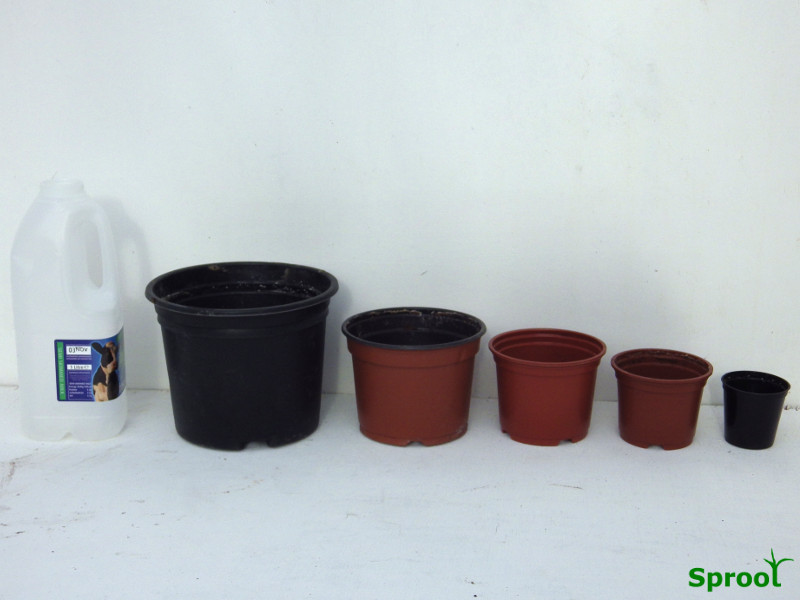
Outdoor plants that you are growing on, for planting out later, can be potted into large plastic pots these often described by volume 1 litre 2 litre etc.
Outdoor pots that will be a permanent feature will need extra heavy thick plastic pots or some of the more decorative pots sold for outdoor plants.
The type of pot is not important but I think the shape is, when pots freeze the shape should allow the root ball to lift upwards and not sideways which will crack the pot.
I also find that bell shaped and vase shaped pots fall over more easily in the wind when compared to pots with straighter sides and wider bases.
Perhaps the most important thing to consider is the drainage, when you compare the drainage of decorative pots with the design of pots used to cultivate large plants on a nursery you will see the nursery pot has more drainage holes or channels.
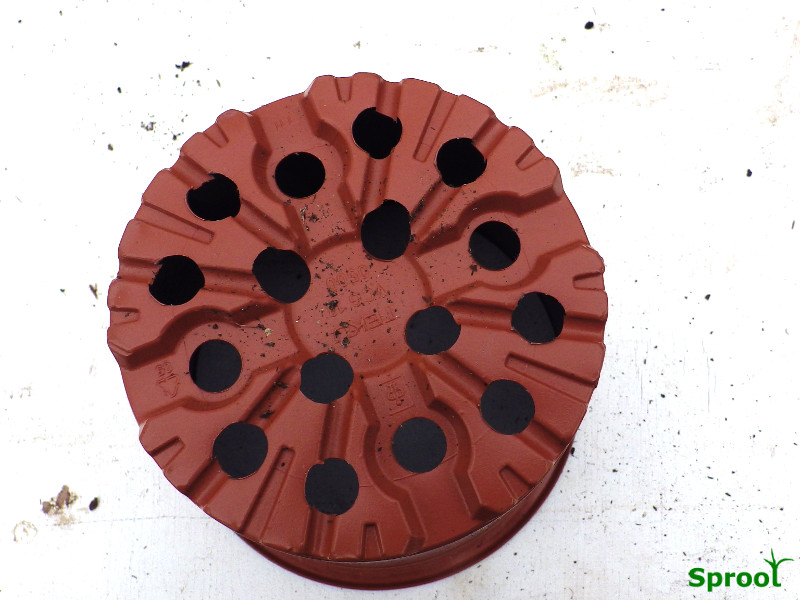
There seems to be quite a bit of conflicting advice about adding gravel or broken pots on the internet
My personal view is that it will help especially with the lack of drainage holes in some pots.
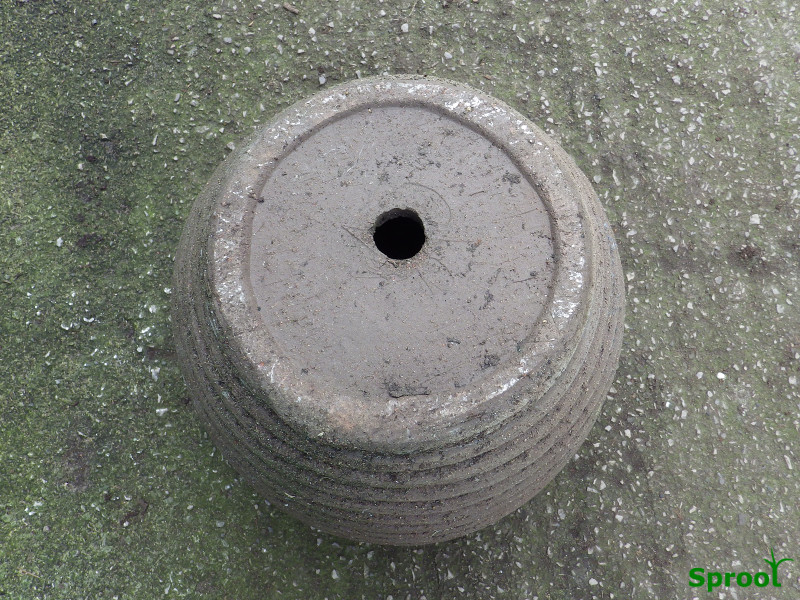
Finally consider using pot feet or small blocks to improve drainage
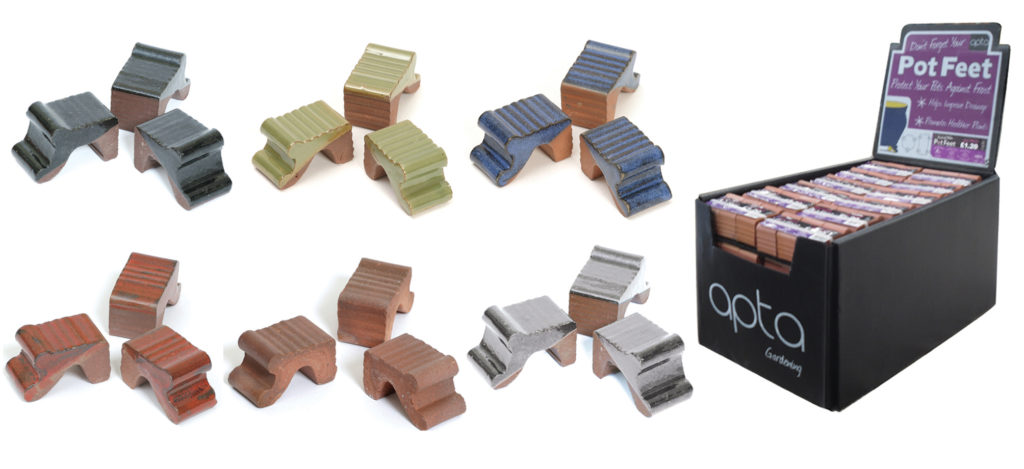
Four choose your compost
For House plants and Summer plants you don’t normally need any special compost, but your research will flag up the usual suspects, orchids, cactus and maybe citrus plants that may prefer different things and you may need to buy a specialist compost.
Outdoor plants need a different compost, nurseries that grow outdoor plants use a special grade of compost made with coarse materials to improve the drainage and maintain air pockets for the roots.
The compost you choose should contain some soil as this helps with re wetting when dry and it acts a survival food store, when other feeds run out.
Before starting to pot consider warming your compost up, young plants and house plants don’t like cold feet, compost kept outside can take 2-3 days to warm up and should be brought inside to warm up before using for potting.
Take some time to loosen up your compost we want to reintroduce the air pressed out when the compost was packed and I think it is a good idea to add some perlite to introduce more air
Potting baby or plug plants
If you buy them online when they are delivered unpack as soon as possible, water and stand in a well lit area so they can recover.
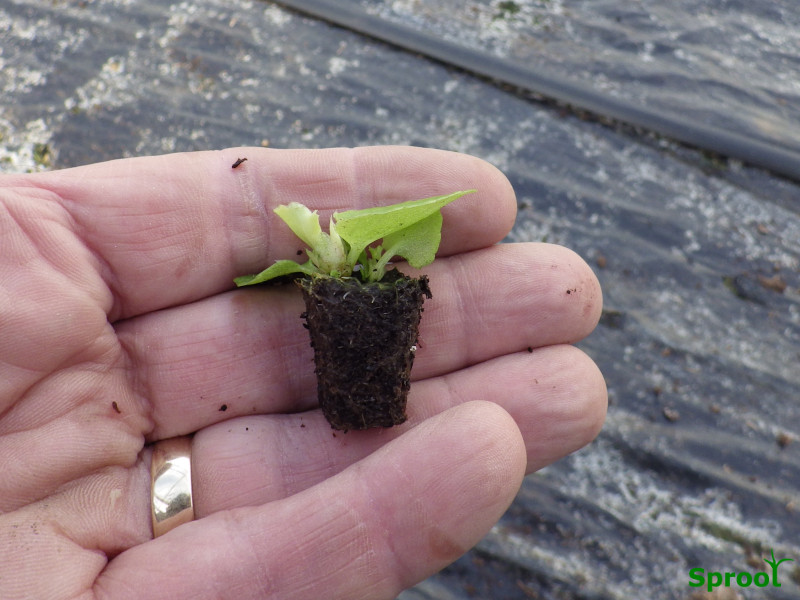
Potting larger plants
These require a different technique we can help.
